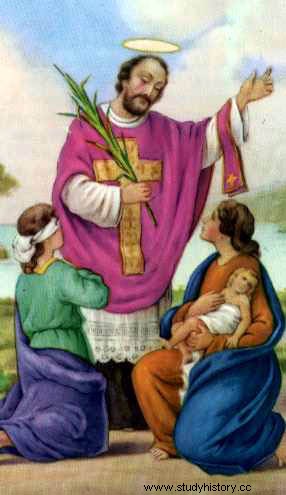
Valentine's Day
As with many other characters who lived in very remote times, the life and work of Valentine's Day , the “Saint of lovers” , are shrouded in the deepest mystery.
The certain data that we can extrapolate from the original documents are very few.
Valentine's Day:biographical notes
Valentine's Day was born in 176 in Interamna Nahars (today Terni), city of which he became bishop in 197.
At the time, the Empire continued its campaign of persecution against Christians and several times Valentino was ordered to suspend the celebration of any liturgy and to renounce his faith.
Of course, he always refused with disdain.
In 273 Valentino went to Rome, where he was first arrested and finally beheaded by a soldier by order of the Emperor Aureliano.
His body was buried on the hill of Terni, a place where, in the 4th century, a basilica was erected which still today preserves his remains.
So far the few, sparse sure news.
Why is he the saint of lovers?
The reasons that for centuries have associated the name and figure of Valentine's Day with feelings and love in particular, are uncertain.
In 496 AD, the then Pope Gelasius , decided to replace the ancient and now obsolete pagan festival of the Lupercals (month of February), full of propitiatory rites for fertility, with the commemoration of the martyr Valentine.
It was said that he, among other things, used to courageously unite couples in marriage to which the emperor had denied consent.
The celebration of Love understood in a carnal and pagan way was thus superimposed on a new way of conceiving Love itself, more sentimental, spiritual and Christian.
According to some scholars, however, St. Valentine became the "protector of lovers" only in the Middle Ages.
The 14 February in fact, the day of the celebrations in honor of him, it was the same that a popular belief also believed to be the day when the birds began to nest in view of the imminent spring.
The warm season was synonymous with the awakening and renewal of nature, the most favorable period of the year for the birth of new loves.
Hence the now secular and consolidated association of Valentine's Day as the "Saint of Love".
